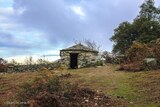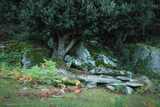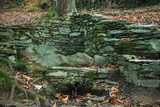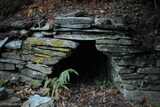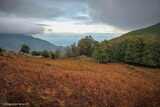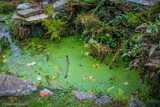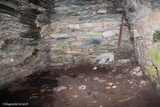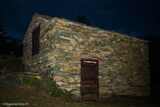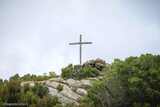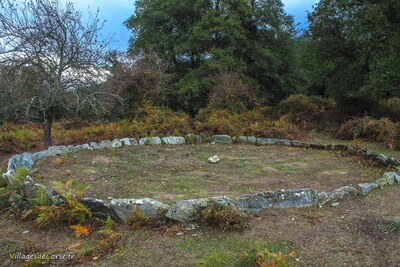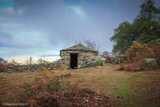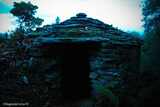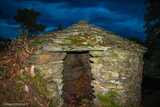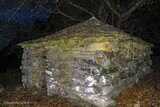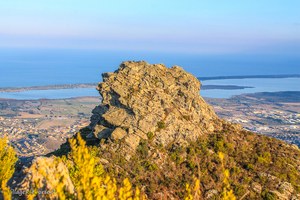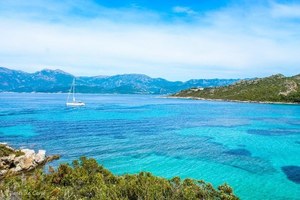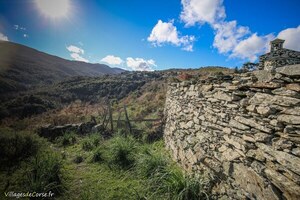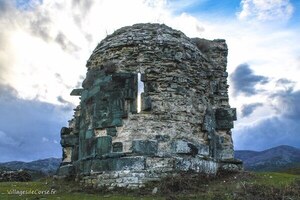Hiking Trail in Rutali - Trà aghje è Pagliaghji
Trà aghje è Pagliaghji is a hiking trail that takes us back to the agro-pastoral past of the village of Rutali through its pagliaghji and threshing floors, all restored by the Opera di Rutali cultural association.
From agriculture to pastoralism
The trail begins in Rutali at the top of the village, at the starting point of the beautiful I Pantani spring. It's an accessible route with little change in altitude that criss-crosses the mountain on the heights of Rutali, perfect for a family outing. Surrounded by scrubland and arbutus trees, as well as oaks and a few chestnut trees, you'll soon find yourself isolated in a wilderness at an altitude of 600 metres, with the sea to the east or west depending on the viewpoint, as we're facing the base of Cap Corse.
With the Opera di Rutali association
Trà aghje è pagliaghji - through, or between, the threshing floors and strawbales - is the name given to this trail, which has been laid out and maintained by theOpera di Rutali association. The association has also been responsible for restoring some of the pagliaghji and wooden crosses, and has put up a number of panels explaining the area's past.
Threshing floors
The stone-ringed threshing floors were where the grain was separated from the ears of corn by beating them on the ground with flails, or by crushing them with a large grindstone u tribbiu before being winnowed to remove the impurities. The fact that 7 such mills have been found bears witness to the intense agricultural activity of the past, with harvests sold at the Bastia market.
In this wake, now overgrown with bracken and scrub, you can make out what used to be fields of wheat and beans. A little further on are the remains of an irrigation network dug into the earth and isolated by stones, bringing water to the crops.
These are all signs of a long-standing agricultural activity that began to die out after the 1st World War before disappearing for good in the 1950s, giving way to a pastoral activity favoured by the establishment of the Roquefort cheese dairies.
Around a hundred pagliaghji
There are many of them - more than a hundred identified by the association - and they have given up farming and turned to livestock farming. According to testimonies gathered by the association, the site once housed between 5 and 10,000 head of cattle, goats and sheep.
Etymologically, pagliaghji were used as warehouses for straw and harvests, taking on other functions as needed, in particular as shelters for people and animals. In fact, there are pagliaghji with an enclosed space bounded by a stone wall for holding animals (A Chjostra) or for milking.
On a panel, the association explains the steps involved in making a pagliaghju, including the corbelling technique.
Moroccan goumiers cemetery
At the end of the route to the north of Rutali is a small cemetery containing the graves of six Moroccan skirmishers who died in battle on 28 and 30 September 1943 during the Second World War, fighting against the German occupiers whose position was below.
Their history is detailed in the research carried out by the Opera di Rutali association, which pays tribute to their memory by inscribing their names.





